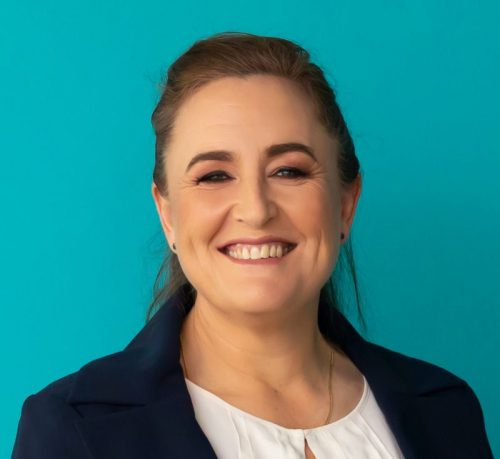Welcome Dr Sarah Hanslow!
Dr Sarah Hanslow is an orthopaedic surgeon from the Central Coast Orthopaedic group and provides specialised surgery for the hip, knee, hand, foot and ankle. Dr Hanslow trained in orthopaedic surgery in Sydney and across regional NSW and ACT hospitals, and obtained her Fellowship of the Royal Australasian College of Surgeons (FRACS) in 2009. She was elected to Fellowship of the Australian Orthopaedic Association (FAOrthA) in 2013. Dr Hanslow trained at some of the Nation’s most prestigious public and private hospitals – such as Royal Prince Alfred Hospital (RPA), The Children’s Hospital, Sydney Adventist Hospital (SAN) and the Nepean Hospital. She is also a distinguished military doctor with active service experience in East Timor and PNG.
Today, Dr Hanslow has written a guest blog post for Physio Connex on how to avoid injury post COVID-19.
The global impact of COVID-19 is unlike anything we have experienced in our lifetimes. The restrictions imposed to prevent the spread of the virus have had far reaching implications for our way of life.
Gyms were closed, boot camps suspended and there was limited access to our usual peer groups who motivate us in our fitness goals. For many these changes led to reduced motivation and reduced activity levels.
With COVID restrictions being lifted, we are now returning to exercise and activity placing us at risk of injury. During this period avoiding injury should hold the same priority as getting back into shape. A period of reduced activity results in detraining, so it’s important to not start where you left off. We need to allow adequate time for the body to recover and we need to listen to the warning signs of potential injury so that a small strain doesn’t become an established injury requiring months of rehabilitation.
This detraining process commences within two weeks. All fitness and strength gains related to exercise can be lost in a little as two months. This places us at risk of injury because we lose muscle mass and endurance, muscle memory, tendon and ligament strength, bone density, and we gain weight. There is an overall reduction in cardiovascular fitness.
By understanding some of the processes that occur in the body we can prevent injury.
Skeletal muscle is made up from two types of muscle: fast twitch and slow twitch. Fast twitch is responsible for power and speed whereas slow twitch is responsible for endurance. Alternating between weight and cardio training exercises each muscle type but also allows for time for each to recover between sessions.
We have all experienced muscle soreness after starting exercise. This typically comes on after 24 – 72 hours and is due to “micro-tears” of the muscle. These lead to inflammation and pain as they heal. It is called “delayed onset muscle soreness” (DOMS). DOMS has been shown to be due to exercise which lengthens the muscle under load. An example of this would be doing squats as the quadriceps muscle lengthens whilst under load of the body weight. An exercise for the quadriceps to avoid DOMS is to perform a leg extension under load rather than squats, so moving the knee from a bent to a straight position shortens this muscle and helps to prevent DOMS.
Tendons are made up of collagen fibres grouped together. Tendons connect muscles to bone and transmit the force to move the bone and therefore the joint. There is loss of tendon bulk and strength with inactivity. The response of tendons to exercise places us at risk of injury. The initial response of the tendon is for the collagen fibres to breakdown over the first 36 hours. This is followed by production of new collagen fibres which peaks at 3 days. Alternating between body regions is protective against tendon injury as it allows time for production of new collagen fibres and repair of the tendon. Any ongoing pain on cooling down should be respected and managed to prevent a long term tendon injury. Rest, ice and stretching are conducive to early recovery.
Ligaments are also made of collagen. Ligaments join bones across a joint and work in conjunction with the muscles to provide joint stability. Reduced muscle strength increases strain on the ligaments, placing them at increased risk.
Take home messages:
- Avoiding injury is as important as getting into shape.
- Vary the type of exercise between strength and endurance training.
- Alternate the body region being trained.
- Listen to and respect the warning signs of impending injury.
____________
Thank you Dr Hanslow for your knowledgeable insight!
If you would like to read more about Dr Hanslow or contact Central Coast Orthopaedics please click here.
Dr Hanslow operates from both Gosford and Wyong public hospitals; and Tuggerah Lakes and Gosford Private Hospitals.


